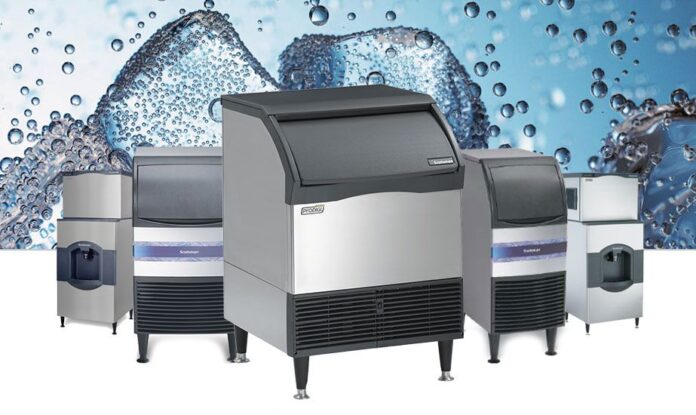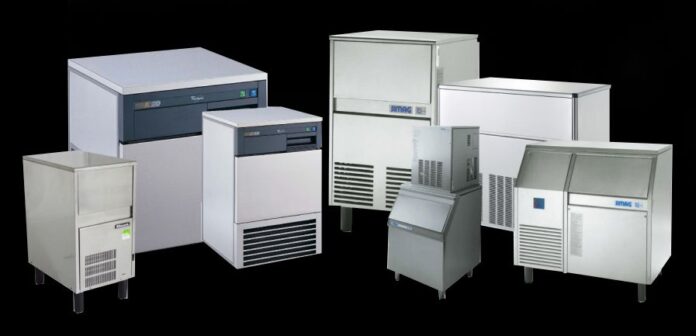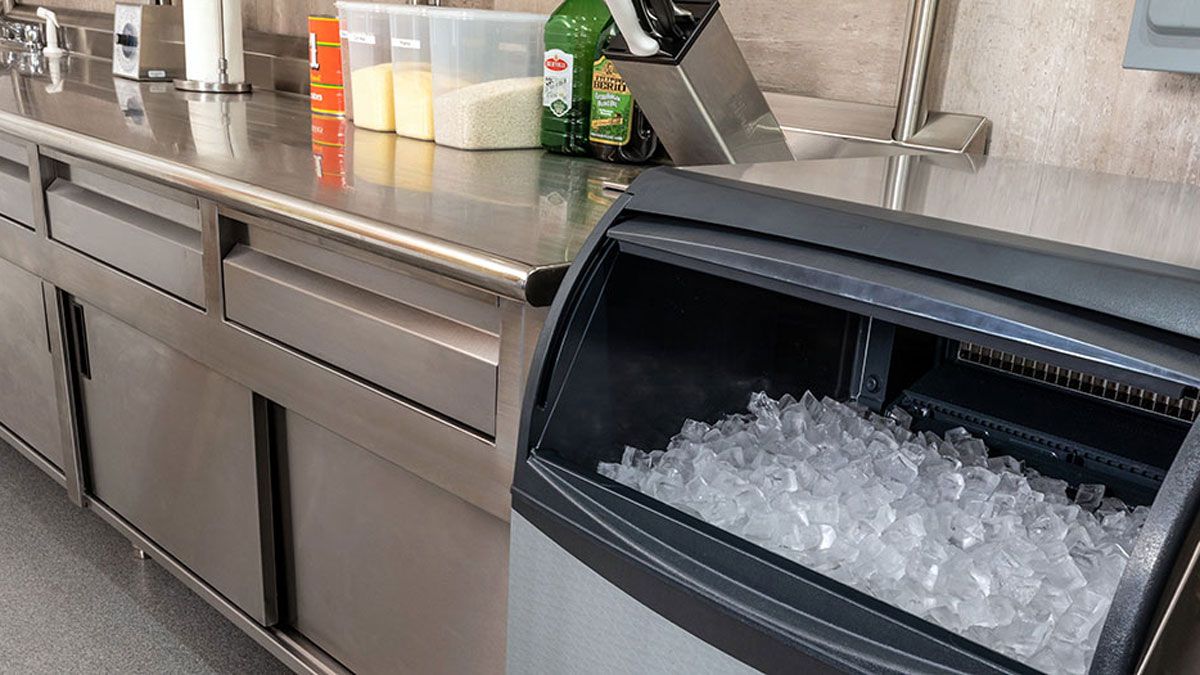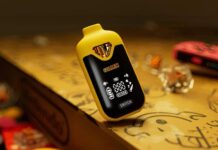Ice maker machines are great for generating high-quality ice cubes within a short amount of time. Regular households don’t often have these machines, although some may purchase them for hot summer days. Ice makers are often used in restaurant and hotel businesses, where bartenders create amazing cocktails or mocktails with ice.
Unfortunately, even the best ice maker from a reputable manufacturer can start malfunctioning. In this case, you can contact a professional service (like here: www.rmhvacutah.com) to fix the issue. This article explains the types of ice makers and common issues that may occur.
Types Of Ice Machines And Their Features

Before we explain what are the common issues with ice makers and what to do, let’s figure out the types of machines. The main distinctions are in their construction, size, and ice production capacity. Here are the most common types of commercial ice machines:
- Self-contained ice machines (also under-counter ice machines) have the ice maker and storage bin integrated into a single unit. This design enables different placement in smaller areas, which is perfect for constrained spaces.
- Modular ice machines can be placed on top of storage bins, beverage machines, or ice dispensers, so they are perfect for adaptable setups. They are perfect for restaurants or hotels as they produce large amounts of ice.
- Ice dispensers are machines that produce and dispense ice directly for self-service. These machines are meant for regular use. They provide a hygienic solution as the ice is freshly dispensed without prolonged storage.
- Countertop ice makers are small, self-service machines that create bite-sized, chewable ice. Certain models can also dispense water. They are ideal for tabletop and countertop placement and can be convenient for regular households or smaller restaurants.
Unfortunately, even when the ice maker doesn’t operate 24/7, it can still break or start malfunctioning. We’ll explain common issues and what to do in the following section.
Common Issues And Repair Solutions

Ice makers can experience a variety of issues that can disrupt their operations. Here are some common problems and potential solutions:
- No ice production at all. Check that the water supply is connected if your ice maker isn’t producing ice. It may occasionally happen because of vibrations — the plug may be slightly withdrawn. Additionally, check the water inlet valve for any clogs or leaks. Clean the water filter if it’s dirty or blocked. Contact a professional technician, for instance, from rmhvacutah.com, for commercial ice machine repair if you can’t fix the problem.
- Ice maker overflows. It could happen because of a problem with the water inlet valve or with the water level sensor. Ensure the water inlet valve is closing properly after filling the ice tray.
- Ice tastes or smells bad. The issue often occurs because of a dirty filter. It’s best to replace the water filter. You may also flush the water supply system just in case it may cause bad smells.
- Small or misshapen ice cubes. This could happen because of the low water pressure or a problem with the water inlet valve. Check the water pressure to ensure it meets the manufacturer’s recommendations. If the problem persists, the water inlet valve may need to be adjusted or replaced.
Most problems are easily resolved, especially if you regularly use maintenance services. However, if not, you can always contact a professional repair company to get a fast and effective solution to your problem. Most repair companies visit their clients on the same day, which is especially beneficial for restaurant businesses.







